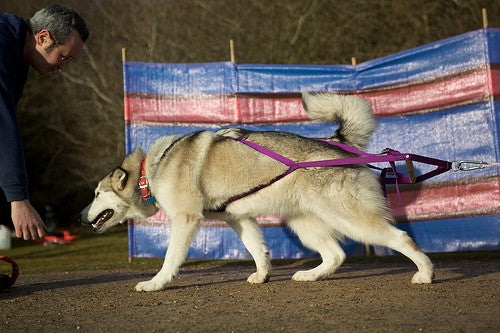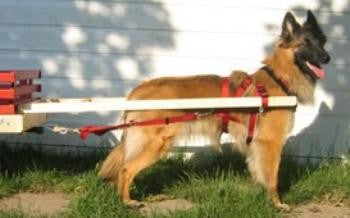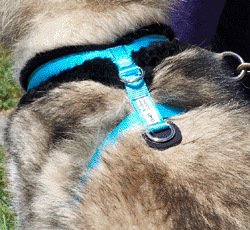If your dog is anything like ours they just love getting their paws on any scraps edible or not! With Easter just around the corner there’s always more chocolate around the house. So we’ve put together some facts and helpful information should your dogs manage to get their paws on your Easter supplies.
Obviously the first thing to do is try and make sure any chocolate is secure and out of the dogs reach but we understand this is not always possible especially if you have a Houdini!
Chocolate is toxic to dogs - This is not a myth and is not a topic to take lightly. All chocolate contains theobromine a compound found in the seeds of Cacao plants. Theobromine is what gives chocolate its bitter bite and is highly toxic to dogs.
Signs of chocolate toxicity usually appear between 2-6 hours after consumption. It can cause hyperactivity, increased thirst, drooling, diarrhoea & vomiting in the early stages. Later symptoms can include increased heart rate and arrhythmias, high blood pressure, excessive panting, seizures and can even cause sudden death.
Different types of chocolate effect dogs differently due to the cacao content.
- Bakers chocolate is the most toxic to dogs as it contains approx 400mg of theobromine per ounce
- Dark chocolate also has a high cacao content generally in the region of 100-150mg per ounce
- Milk chocolate by contrast only has 45-60mg per ounce
- With White Chocolate being the least toxic only containing minuscule amounts
Although milk chocolate has a low theobromine content, it is high in fat and therefore can cause other complications in some dogs after consuming a large amount such as pancreatitis.
The weight of your dog and the amount of chocolate they ate is something to think about for example if you have a 5kg Terrier that eats 30g of bakers chocolate they will be at a much greater risk of toxicity than a 40kg Husky that eats the same amount.
So what to do if your dogs eats chocolate?
First take a deep breath and think about these questions before phoning your vet:
- What kind of chocolate did they eat?
- How much do you think they ate? At this stage it’s better to overestimate than underestimate.
- How long ago did they consume the chocolate, minutes, an hour, sometime whilst you were out?
- Any abnormal behaviour?
- Vomitting or diarrhoea?
- Are they anxious or hyperactive?
- What is their heart rate?
This is the key information your vet will need to know to provide the best course of action for your four legged friend.
The most common actions to be taken are:
- Induced vomiting
- Administer activated charcoal
- IV fluids
- Control any seizures or/and elevated heart rate
- Introducing a Bland diet
- Frequent walks (to encourage urination and defection as theobromine can be reabsorbed from the bladder wall.)
When caught early chocolate toxicity is generally treatable and dogs will recover.









































































